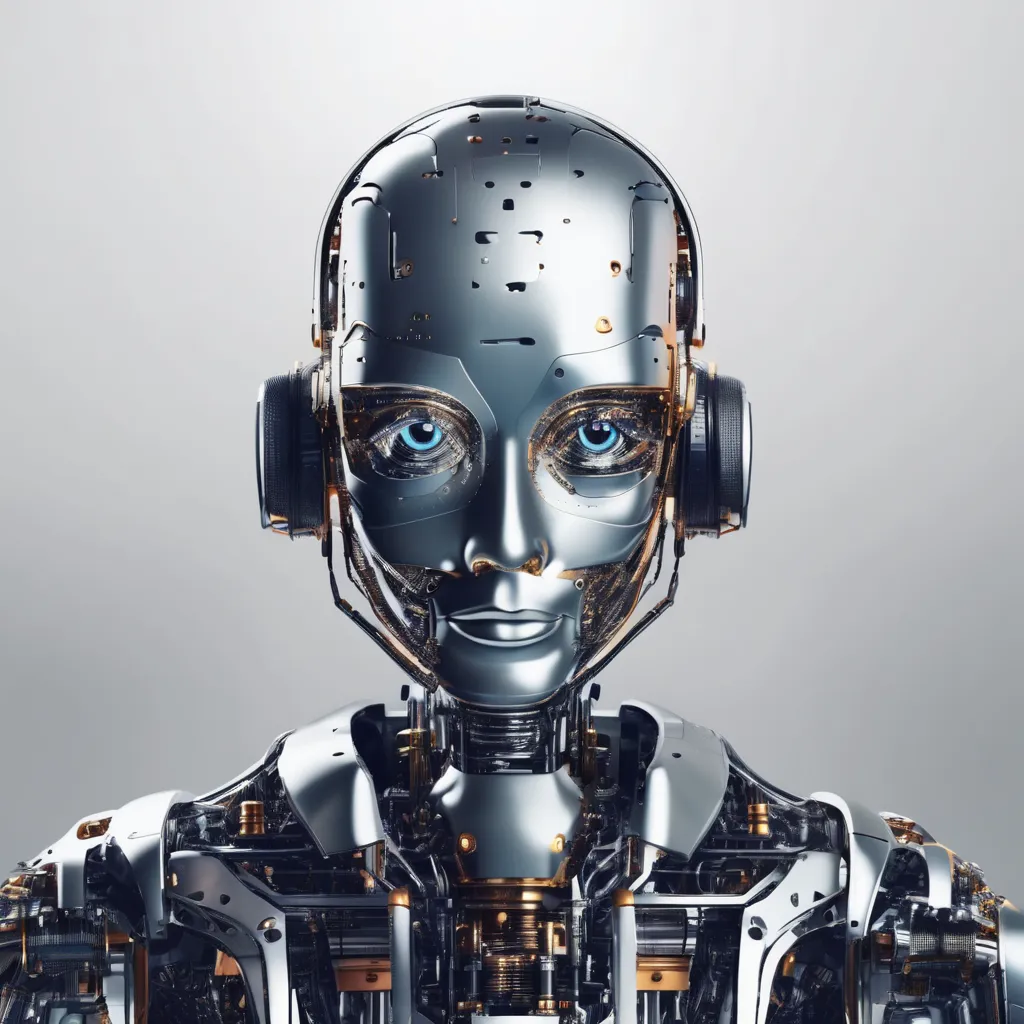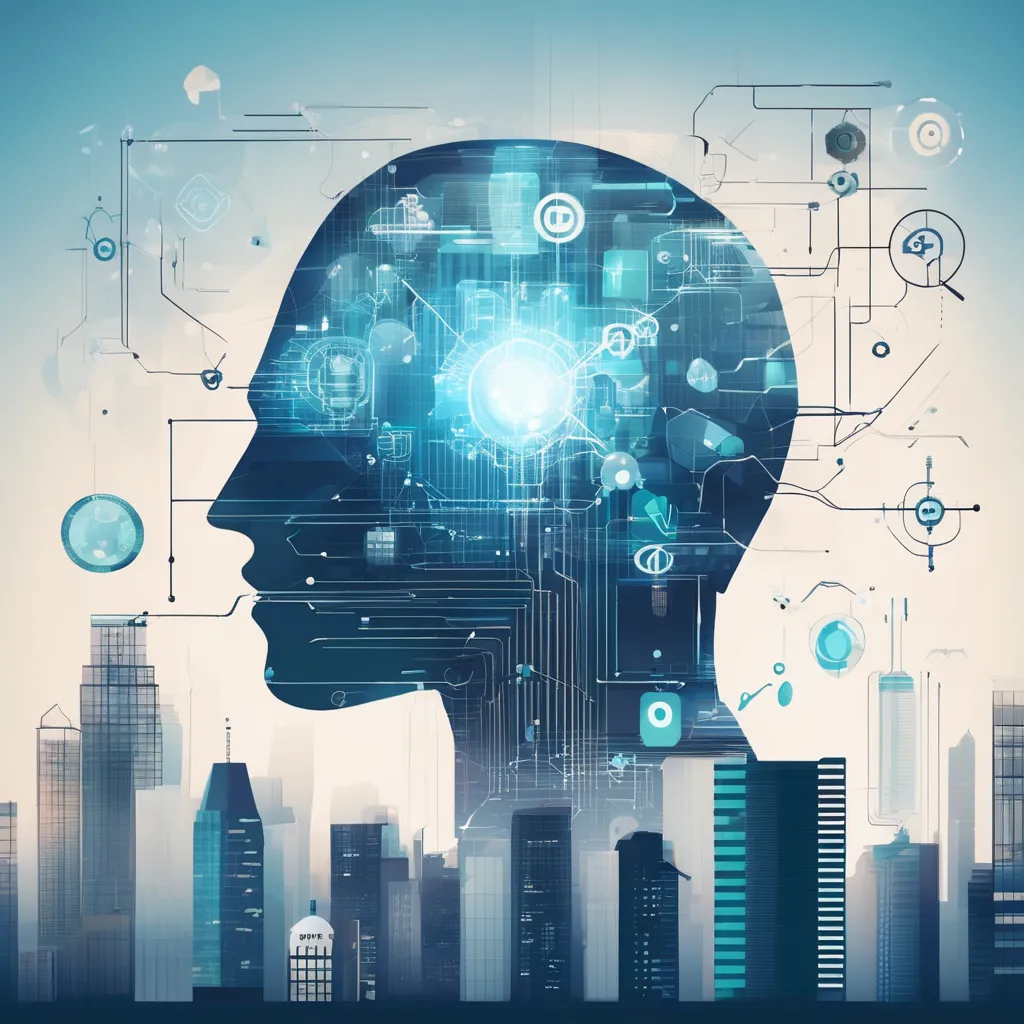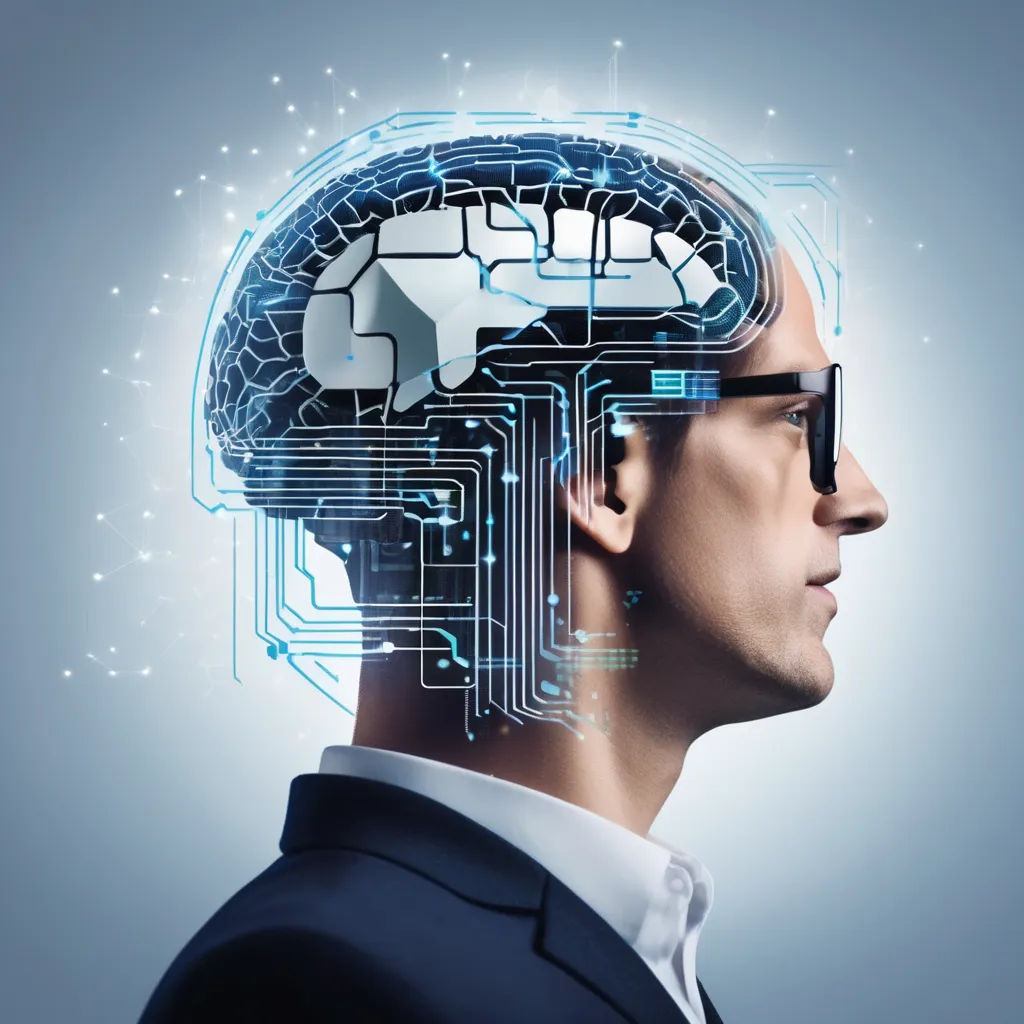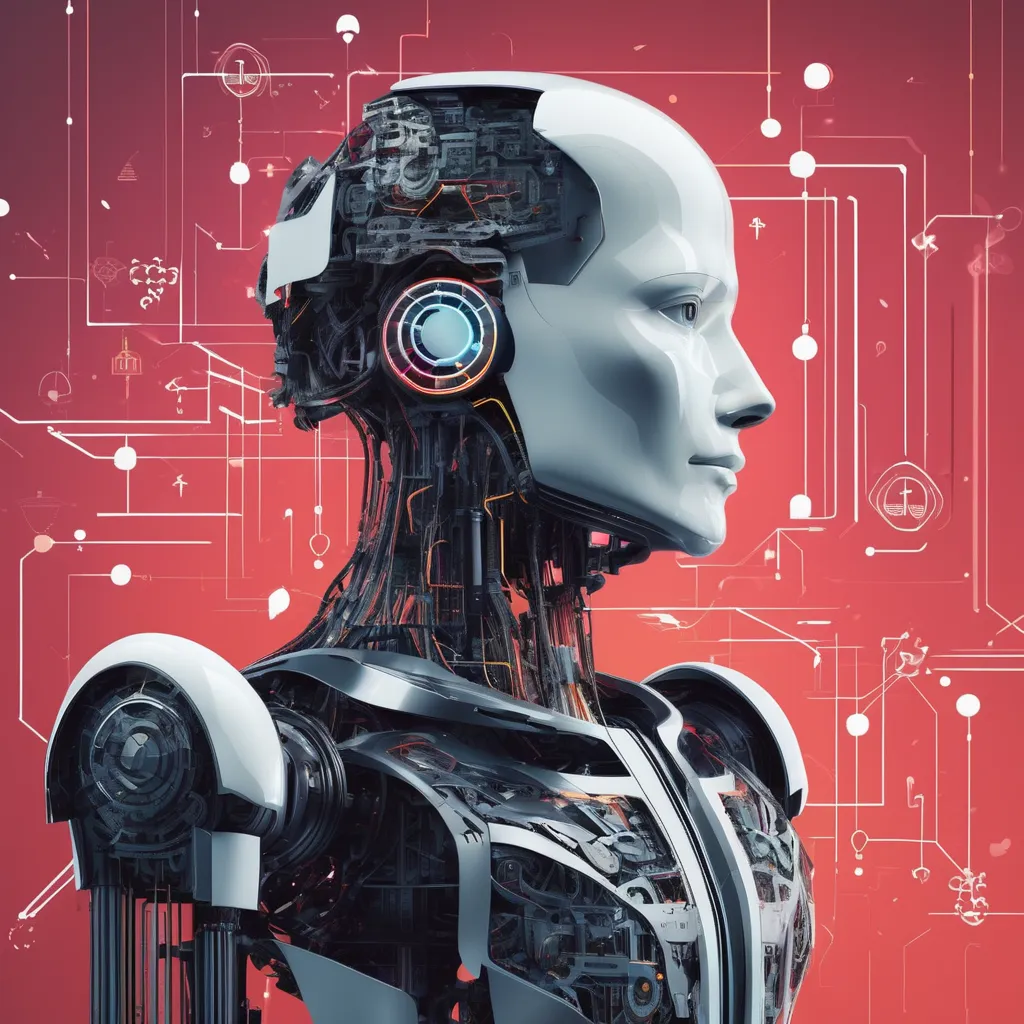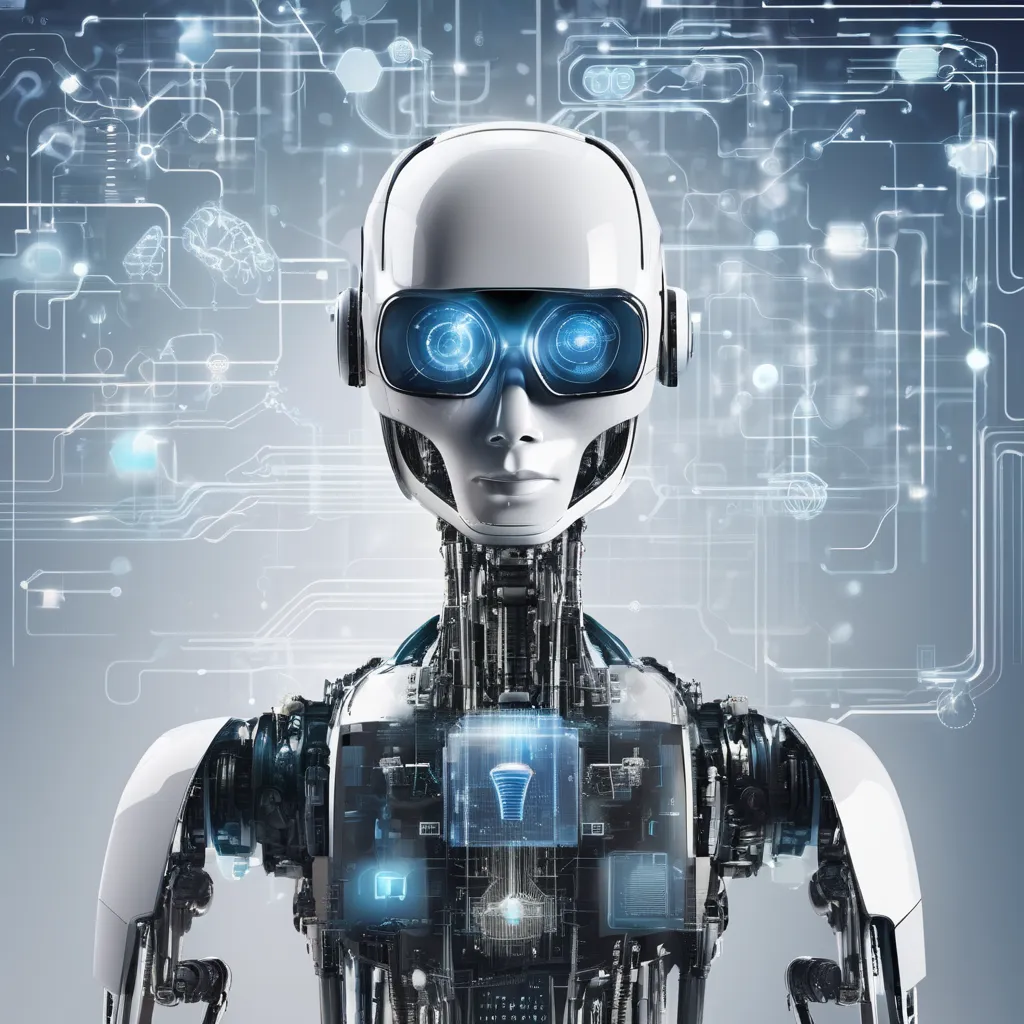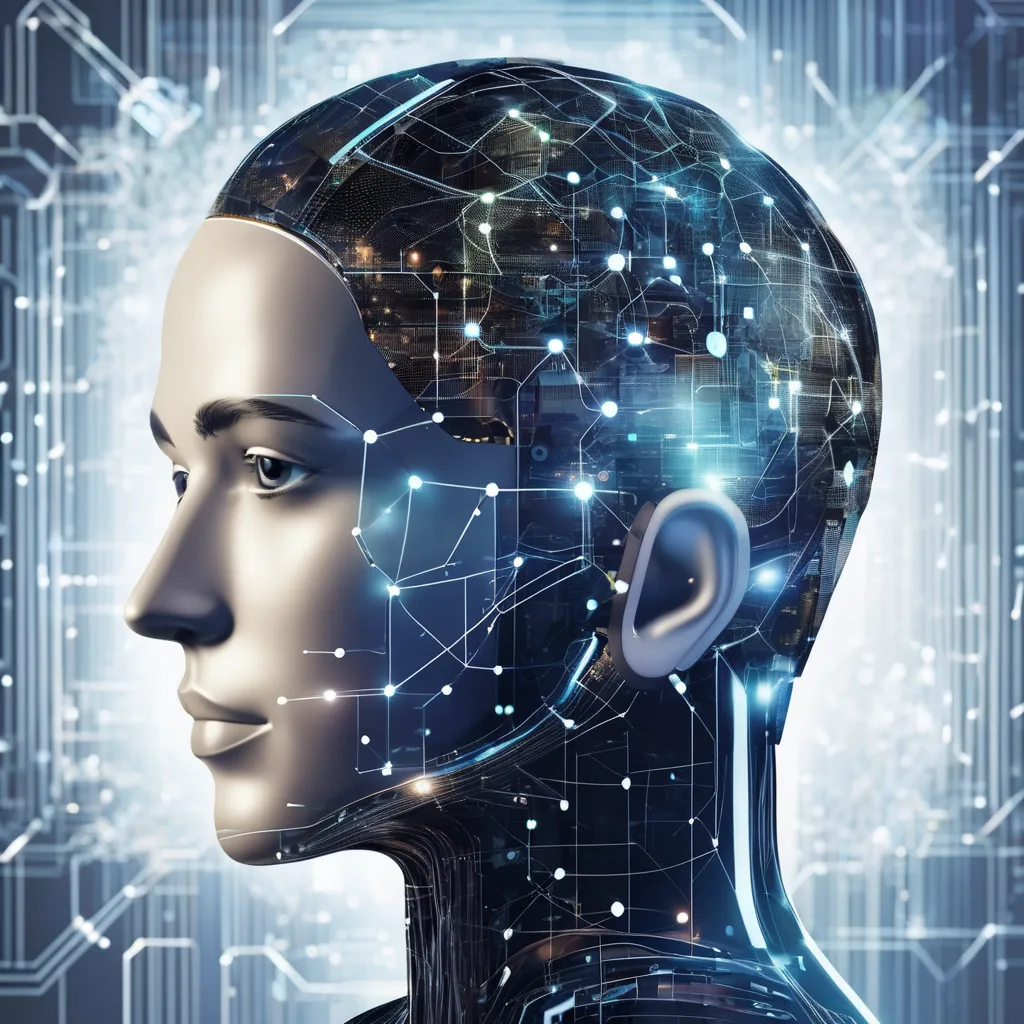ITEACH.TOP | LEARN EVERYTHING
The Role of Human Oversight in AI Systems
In the rapidly evolving world of artificial intelligence (AI), the integration of human oversight has emerged as a critical factor in ensuring both the efficacy and ethical deployment of AI systems. As technological advances continue to unfold, the role of human intervention in AI becomes paramount, not just to mitigate risks, but also to reinforce beneficial outcomes. This in-depth exploration delves into various facets of human oversight in AI, ranging from its necessity and ethical implications to real-world case studies and future projections.
Understanding Human Oversight in AI Systems
Human oversight in AI systems involves the continuous involvement of human operators in designing, monitoring, and regulating AI applications. It aims to ensure that AI functionalities align with human values, ethical guidelines, and societal needs. This holistic approach includes pre-deployment testing, real-time supervision, and post-deployment evaluations by human professionals.
The necessity of human oversight stems from the inherent limitations and unpredictable behaviors of AI systems. AI algorithms are crafted based on historical data and defined parameters, yet they often exhibit biases or unintended consequences that require human rectification. Furthermore, human oversight ensures transparency and accountability, providing insight into decision-making processes that would otherwise remain opaque.
Effective human oversight necessitates interdisciplinary expertise, combining insights from computer science, ethics, law, and psychology. This collaborative effort enables not only the refinement of AI algorithms but also the establishment of robust frameworks to govern their application.
The Importance of Human Intervention in AI
Human intervention plays a vital role in maintaining a balance between the capabilities of AI systems and the ethical standards expected by society. While AI technologies promise unprecedented efficiencies and innovations, they also pose risks such as algorithmic biases, lack of transparency, and potential misuse.
One primary benefit of human intervention is the ability to catch and correct biases that may be embedded within AI algorithms. These biases often arise from historical data or flawed training processes, leading to discriminatory or unfair outcomes. Human oversight can identify these biases and implement corrective measures to ensure more equitable AI solutions.
Furthermore, human professionals can provide context and nuanced understanding that AI systems lack. For instance, in healthcare, an AI diagnostic tool might suggest a particular treatment based on data patterns, but a human doctor can evaluate the patient’s overall well-being, preferences, and unique circumstances before making a final decision.
Ethical Considerations in AI Oversight
Ethical considerations are paramount when discussing human oversight in AI systems. Ensuring that AI operates within ethical guidelines requires consistent human intervention to address issues such as privacy, fairness, and accountability.
Privacy concerns arise when AI systems process and store large amounts of personal data. Human oversight ensures that data usage complies with regulatory standards and ethical norms, safeguarding individual privacy rights.
Fairness is another critical ethical issue. AI systems can unintentionally propagate existing societal biases, leading to discrimination against marginalized groups. Human oversight is essential in identifying and mitigating such biases, fostering more inclusive AI applications.
Accountability in AI is complex, given that many decisions made by AI are not immediately transparent. Human supervisors can provide explanations and justifications for AI-driven decisions, enhancing transparency and trust.
Balancing Automation and Human Control
Balancing automation with human control involves finding the optimal synergy between automated processes and human intervention. While automation can enhance efficiency and consistency, human control is necessary for tasks that require judgment, empathy, and ethical consideration.
The balance is context-dependent. For routine, high-volume tasks, higher levels of automation with minimal human oversight might be appropriate. However, for complex, high-stakes decisions, a higher degree of human control is preferable to ensure thorough evaluation.
Achieving this balance requires continuous monitoring and adjustment. Feedback loops where AI outputs are regularly reviewed by human operators can help fine-tune systems for optimal performance.
Human Oversight and AI Decision-Making Processes
AI decision-making processes are often intricate, involving multiple layers of data analysis and algorithmic computations. Human oversight plays a crucial role in scrutinizing these processes to ensure accuracy and reliability.
One approach to effective oversight is the inclusion of human-in-the-loop (HITL) systems, where human operators can intervene in AI decision processes in real-time. HITL ensures that decisions made by AI are continuously evaluated and verified by humans.
Another aspect is post-deployment auditing, where human experts review the decisions made by AI after deployment to identify patterns, biases, or errors that require rectification.
The Role of Human Judgement in AI Regulation
Human judgement is indispensable in the regulation of AI systems. Regulatory frameworks for AI need to address a wide array of issues, from safety and efficacy to ethics and accountability. Human regulators provide the critical oversight needed to ensure AI systems comply with these frameworks.
Regulation involves establishing standards for AI development, deployment, and monitoring. Human judgement ensures these standards remain relevant and adaptable to emerging AI technologies and societal needs.
Furthermore, human regulators can interpret and enforce regulations in nuanced ways that automated systems cannot, considering the myriad contexts and implications of AI applications.
Challenges in Implementing Human Oversight for AI
Implementing human oversight for AI systems poses several challenges, including the need for specialized expertise, scalability, and potential biases in human judgement.
Specialized expertise is crucial for effective oversight, requiring professionals with in-depth knowledge of AI technologies and ethical considerations. Ensuring that oversight teams are equipped with such expertise is a significant challenge.
Scalability is another issue, as coordinating human oversight for large-scale AI applications can be resource-intensive. Developing scalable oversight frameworks that maintain effectiveness without becoming cumbersome is essential.
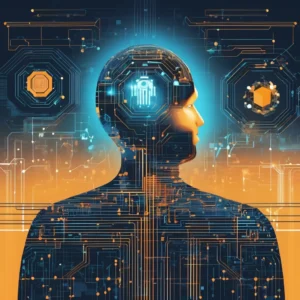
Case Studies: Human Oversight in Real-World AI Applications
Examining real-world case studies can provide valuable insights into the practical implementation of human oversight in AI systems.
For instance, in autonomous vehicles, human oversight is crucial in monitoring and intervening during situations that the AI system cannot adequately handle. This ensures safety and responsiveness in dynamic driving environments.
In healthcare, AI diagnostic tools are routinely overseen by medical professionals who validate AI-generated recommendations and make final treatment decisions based on a comprehensive understanding of patient conditions.
These case studies highlight the importance and effectiveness of human oversight in enhancing the reliability and ethical integrity of AI applications.
Human Oversight in AI: Benefits and Pitfalls
Human oversight in AI systems presents several benefits, such as increased accountability, the mitigation of biases, and enhanced trust in AI applications. By involving humans in monitoring and decision-making processes, the risks associated with AI can be significantly reduced.
However, pitfalls exist as well. Over-reliance on human judgement can introduce human biases and errors into the oversight process. Furthermore, the cost and complexity of implementing extensive oversight mechanisms can be prohibitive for some organizations.
Balancing these benefits and pitfalls requires careful consideration and continuous evaluation to optimize oversight strategies.
Ensuring Accountability through Human Oversight
Ensuring accountability through human oversight involves establishing clear protocols for monitoring, intervening, and auditing AI systems. Accountability frameworks should define the roles and responsibilities of human overseers, ensuring they have the authority and resources to act effectively.
Regular audits and transparency reports can help maintain an accountable oversight process. These reports provide insights into AI operation and oversight activities, fostering trust among stakeholders.
Integrating Human Oversight in AI Development Phases
Integrating human oversight into the AI development phases ensures that ethical and regulatory considerations are embedded from the outset. This proactive approach involves involving human experts in the design, testing, and deployment stages of AI systems.
During the design phase, human oversight can ensure that ethical guidelines and user needs are prioritized. In the testing phase, human operators can identify potential risks and biases that need to be addressed. Finally, during deployment, continuous human monitoring ensures that the AI system operates within acceptable ethical and performance standards.
Human Oversight in AI: A Necessary Partnership
The concept of human oversight in AI is not merely about control but rather represents a necessary partnership between human intelligence and artificial intelligence. This partnership leverages the strengths of both humans and machines to achieve superior outcomes.
Humans bring contextual understanding, ethical judgment, and empathy, while AI systems offer computational power, data analysis capabilities, and consistency. Together, they can achieve what neither could accomplish alone, ensuring that AI technologies are both effective and ethically sound.
Monitoring AI Systems: The Human Element
Monitoring AI systems involves continuous human evaluation of AI performance, decision-making processes, and outcomes. This human element is indispensable in identifying performance issues, biases, and unintended consequences.
Effective monitoring requires a systematic approach, including the use of real-time analytics, performance benchmarks, and feedback loops. Human monitors should have access to comprehensive data and analytical tools to assess AI systems rigorously.

The Future of Human Oversight in AI Technologies
The future of human oversight in AI technologies will likely involve more sophisticated tools and methods to enhance human capabilities. Advanced monitoring systems, real-time data analytics, and AI-assisted oversight can empower human supervisors to manage increasingly complex AI systems effectively.
Furthermore, as AI technologies evolve, so too will regulatory frameworks and ethical guidelines. Continuous research and collaboration among diverse stakeholders will be essential in adapting oversight strategies to the changing landscape.
Comparative Analysis: Human Oversight vs. Autonomous AI
A comparative analysis of human oversight versus autonomous AI reveals the strengths and limitations of each approach. Autonomous AI offers speed, scalability, and consistency, making it suitable for many applications. However, it lacks the ethical judgment, context understanding, and flexibility that human oversight brings.
Human oversight ensures accountability, ethical compliance, and adaptability, but it can introduce biases and may not scale well for large tasks. Balancing these approaches involves leveraging the best of both worlds, ensuring AI systems are effective while adhering to ethical standards.
Human Oversight in High-Stakes AI Scenarios
In high-stakes AI scenarios, such as healthcare, finance, and autonomous vehicles, human oversight is particularly crucial. These scenarios involve significant risks, and the consequences of AI errors can be severe.
Human oversight ensures that critical decisions are thoroughly evaluated and that AI systems operate within safe and ethical boundaries. In such contexts, human operators can intervene and rectify issues promptly, mitigating risks and enhancing trust.
International Standards for Human Oversight in AI
International standards for human oversight in AI are essential in promoting global consistency and safety in AI applications. These standards provide guidelines for ethical practices, accountability, and regulatory compliance.
Organizations such as the International Organization for Standardization (ISO) and the Institute of Electrical and Electronics Engineers (IEEE) are working towards establishing comprehensive standards for AI oversight. These standards aim to harmonize practices across borders, fostering global trust and cooperation in AI technology.
Training for Human Oversight in AI Systems
Effective training for human oversight in AI systems involves equipping professionals with the necessary knowledge and skills to monitor, evaluate, and intervene in AI operations. This includes understanding AI technologies, ethical considerations, and regulatory requirements.
Training programs should be interdisciplinary, combining technical education with insights from ethics, law, and psychology. Regular updates and continuous learning are also essential, given the rapidly evolving nature of AI technologies.
The Impact of Human Oversight on AI Trustworthiness
Human oversight significantly impacts the trustworthiness of AI systems. By ensuring transparency, accountability, and ethical compliance, human oversight fosters trust among users and stakeholders.
Trustworthiness is critical for the widespread adoption of AI technologies. Users are more likely to embrace AI systems when they are confident that these systems are overseen by knowledgeable and ethical human operators.
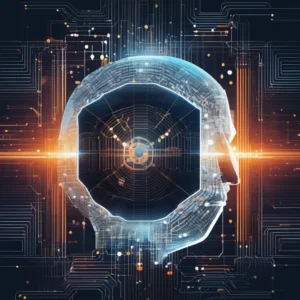
Policy Recommendations for Effective Human Oversight in AI
Policy recommendations for effective human oversight in AI should focus on establishing robust regulatory frameworks, promoting interdisciplinary collaboration, and investing in training and education.
Regulatory frameworks should define clear guidelines for ethical AI practices and oversight mechanisms. Interdisciplinary collaboration ensures that oversight incorporates diverse perspectives and expertise. Finally, investing in training ensures that human oversight remains effective and adaptable to evolving AI technologies.
In conclusion, human oversight is not just a supplementary feature but a fundamental necessity in the responsible development and deployment of AI systems. It ensures that AI technologies align with ethical standards, societal values, and regulatory requirements. By fostering a collaborative partnership between human intelligence and artificial intelligence, we can harness the full potential of AI while safeguarding against its risks. The future of AI hinges on our ability to integrate effective human oversight, ensuring that as we advance technologically, we also uphold the principles of fairness, accountability, and trust.

